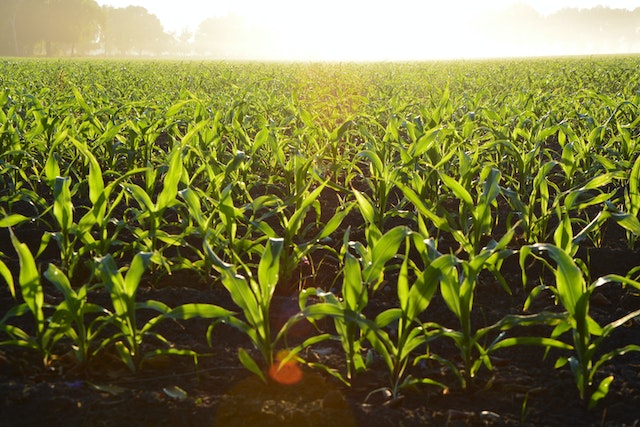In many parts of the world, kharif crops are essential to agricultural practices and food security. These crops, which are derived from the Hindi term “Kharif,” which means “autumn,” are primarily grown during the monsoon season, which varies in timing and duration depending on where you are in the world. In the Indian subcontinent, the Kharif season lasts typically from June through October, though this can vary globally.
Kharif crops thrive in the hot, humid conditions of the monsoon season because they need a sufficient amount of water for germination, growth, and maturation. These crops rely less on irrigation and are primarily rain-fed. This season’s availability of copious rainfall creates an atmosphere that is ideal for the cultivation of Kharif.
Kharif Season:
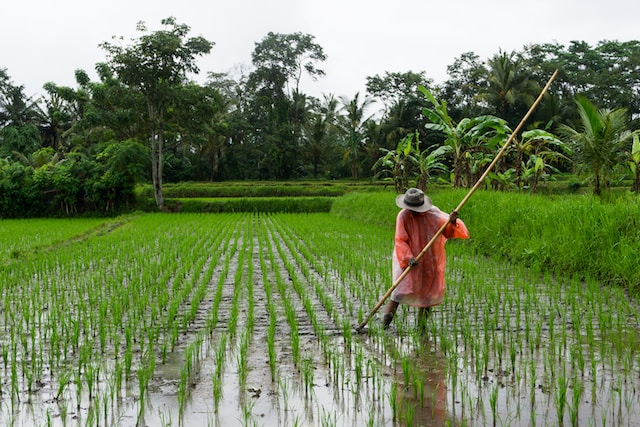
In India and other South Asian nations, kharif crops are mainly grown during the monsoon season. Typically, the southwest monsoon arrives in June or July and ushers in the planting season for Kharif crops, which lasts through September. Depending on the area and the particular crop being grown, the precise timing may change slightly. Rice, maize, millets, cotton, soybeans, pigeon peas, and groundnuts are a few typical kharif crops.
Major Kharif Crops:
1. Cereals:
Rice:
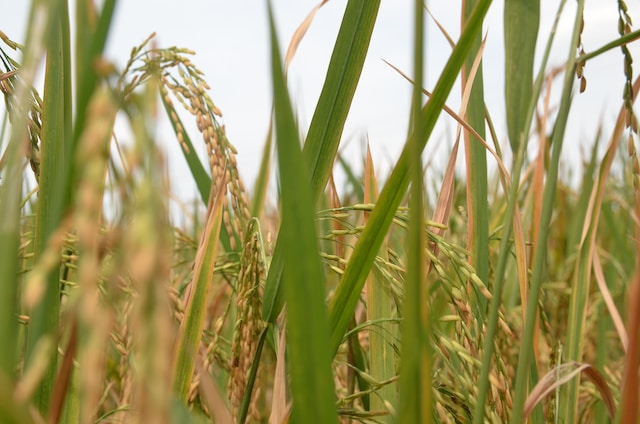
A major Kharif cereal crop recognized for its high carbohydrate content and adaptability in many cuisines. Rice is a staple diet for many nations.
Jowar:
Sorghum, also known as jowar. It is a drought-tolerant Kharif cereal crop that is frequently utilized for ethanol generation, human consumption, and animal feed.
Millet:
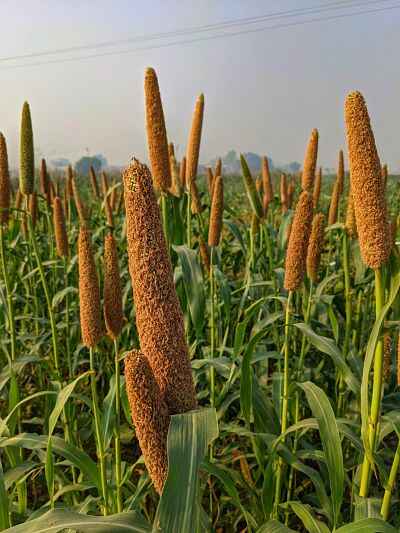
Millets, like bajra and ragi, are small-seeded, nutrient-rich cereal crops. These crops are basically planted during the Kharif season because of their hardiness in dry and semi-arid climates.
Maize:
Maize is a multipurpose Kharif cereal crop used for human food, animal feed, and commercial purposes like the manufacturing of ethanol.
Soybean:

Soybean is a protein-rich crop grown in the Kharif season. It has a wide range of uses in the food sector, including the extraction of oil and its use as an ingredient in processed meals.
2. Fruits:
Sugarcane:

A long perennial grass grown for its sweet juice, sugarcane is also used as a source of raw materials for biofuel.
Orange:
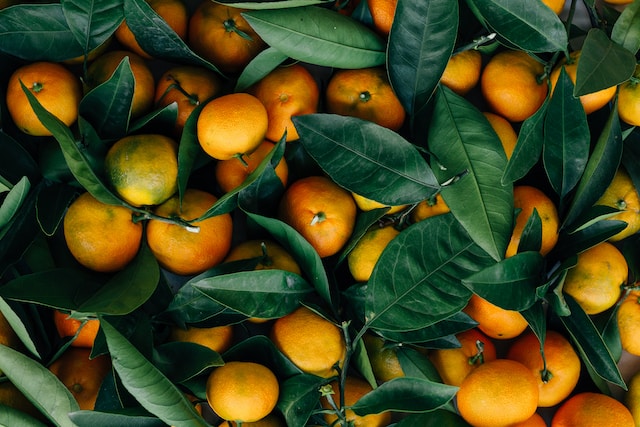
Oranges are a citrus fruit that grows well throughout the Kharif season and are renowned for their tart flavor and high vitamin C content.
Watermelon:

This fruit, which is grown during the Kharif season and prized for its sweet and juicy flesh, is cooling and hydrating.
Muskmelons:
Cantaloupes, often called muskmelons, are aromatic and tasty fruits grown during the Kharif season and are renowned for their reviving flavor and high water content.
3. Vegetables:
Brinjal:

Brinjal, sometimes referred to as aubergine or aubergine, is a well-liked Kharif vegetable that is utilized in a variety of culinary applications.
Bitter Gourd:
This tropical vegetable, which is cultivated during Kharif, is renowned for its bitter flavor and a host of health advantages.
Bottle Gourd:
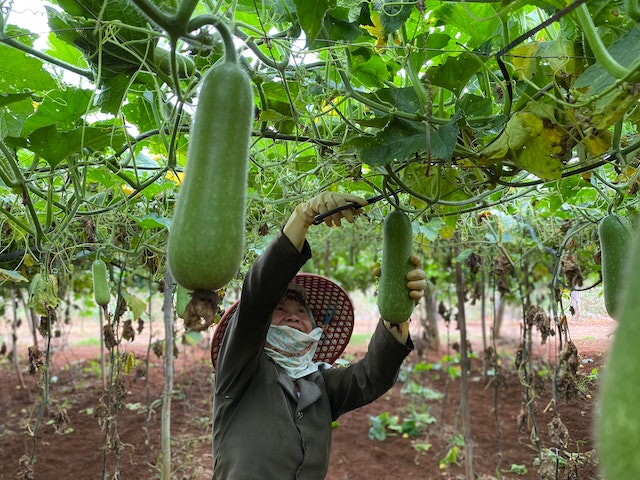
This vining vine, which bears long cylindrical fruits in the Kharif season, is prized for both its gastronomic flexibility and its therapeutic benefits.
French Beans:
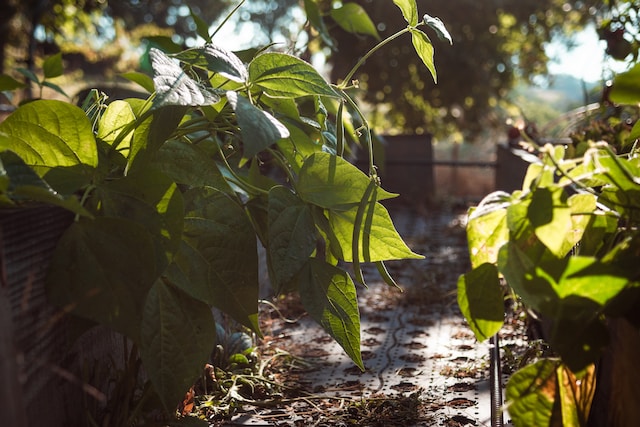
Also known as green beans or snap beans, French beans are a popular addition to stir-fries and salads because they grow well throughout the Kharif season.
Tinda:
Small green vegetables called Tinda, usually referred to as Indian round gourd, are grown during the Kharif season and are frequently used in curries and stews.
Turmeric:
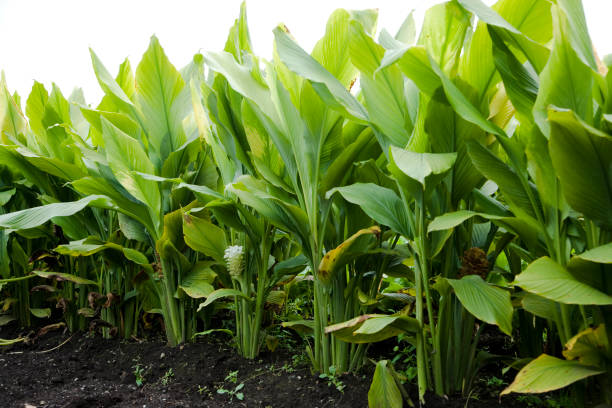
During the Kharif season, turmeric plant roots are harvested to make the spice, which is well-known for its bright yellow color and therapeutic benefits.
Where Are Kharif Crops Grown In The World?
In South Asia, the monsoon season—known as “Kharif”—is when crops are usually planted and harvested. It is significant to highlight that Kharif crops are unique to the Indian subcontinent and its surrounding nations, where the monsoon season lasts from June to September. Based on local climate conditions, other parts of the world may have their own distinct agricultural seasons and crop cycles.
However, we provide you with a general overview of some major crops grown in different regions of the world. :
1. North America:
Corn (maize), soybeans, wheat, cotton, rice, and various vegetables are grown across different regions in the United States, Canada, and Mexico.
2. South America:
Brazil is a major producer of soybeans, sugarcane, coffee, corn, and other tropical fruits. Argentina is known for its soybeans, corn, wheat, and beef production.
3. Europe:
Wheat, barley, corn, oats, and rapeseed are commonly grown in countries like Russia, France, Germany, Ukraine, and the United Kingdom. Mediterranean countries like Spain, Italy, and Greece are known for olive and grape production.
4. Africa:
Maize, sorghum, millet, cassava, yams, and various fruits grow across different regions of Africa. Countries like Nigeria, South Africa, Ethiopia, and Kenya are significant producers of these crops.
5. Asia:
Rice is a staple crop in many Asian countries, including India, China, Indonesia, Thailand, and Vietnam. Other major crops grown in Asia include wheat, corn, soybeans, tea, coffee, and various fruits and vegetables.
6. Australia:
Wheat, barley, canola, cotton, sugar cane, and fruits like grapes and oranges are farmed in different regions of Australia.
Conclusion:
Particularly in areas with a monsoon environment, kharif crops are an essential part of the agricultural sector. These monsoon-season crops have a big impact on both economic development and food security. The production of Kharif crops continues to be a crucial task for farmers despite difficulties, guaranteeing a sustainable agricultural system and the welfare of communities who depend on them.
